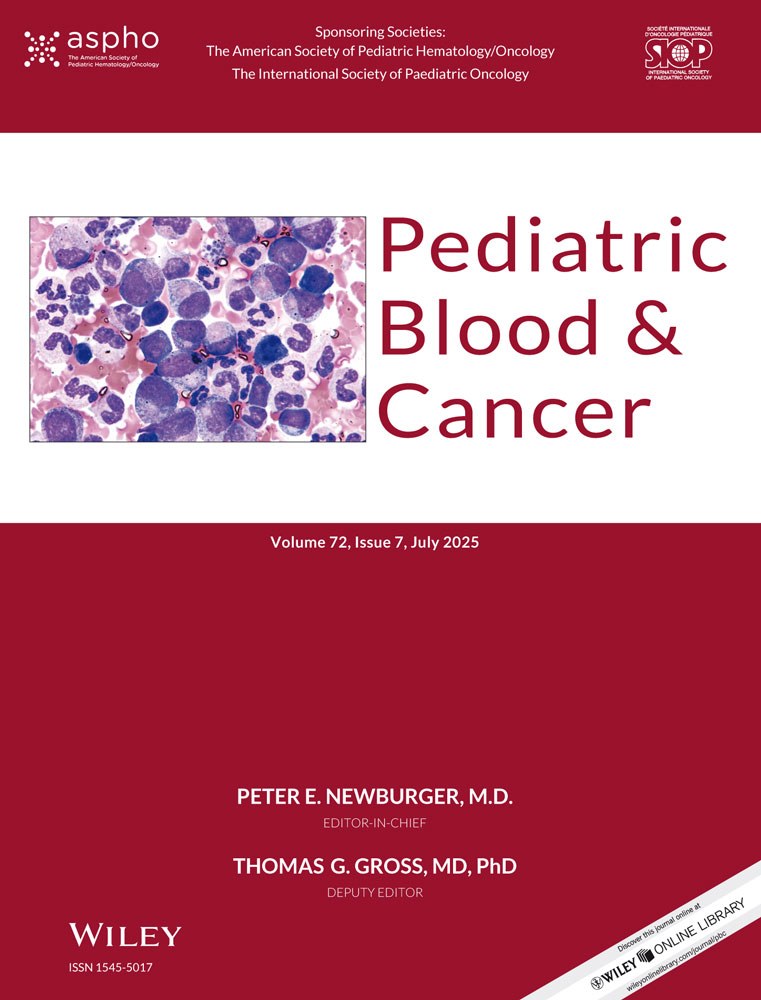Associations Between Pain Scores and Opioid Doses With Emergency Department Disposition and Return Visit Rates in Children With Sickle Cell Disease
Funding: This project was supported by the National Heart, Lung, Blood Institute (NHLBI) under grant award number [1U01HL159850] and PECARN funding for involved nodes by the Health Resources and Services Administration (HRSA) of the U.S. Department of Health and Human Services (HHS), in the Maternal and Child Health Bureau (MCHB), under the Emergency Medical Services for Children (EMSC) program through the following cooperative agreements: DCC-University of Utah, GLEMSCRN-Nationwide Children's Hospital, HOMERUN-Cincinnati Children's Hospital Medical Center, PEMNEWS-Columbia University Medical Center, PRIME-University of California at Davis Medical Center. This study was conducted by members of the PECARN Registry working group. The content was derived by the authors and should not be construed as the official position or policy of, nor should any endorsements be inferred by HRSA, HHS, PECARN, or the US Government.
This work was presented at the American Society of Hematology Annual Meeting & Exposition (ASH) in December 2023, with the meeting abstract published in Blood 142, no. Supplement 1 (2023): 3874.
ABSTRACT
Rapid treatment and frequent reassessment of pain are key components of treatment guidelines for acute sickle cell disease (SCD) pain. Few studies, however, report the associations between emergency department (ED) pain scores, number of ED opioid doses, receipt of an opioid prescription, ED visit disposition, or ED return visits. This seven-site retrospective cohort study analyzed 4983 ED visits by children with SCD pain using electronic health record data from the Pediatric Emergency Care Applied Research Network Registry. ED pain scores included initial, last, and change in scores (initial minus last), measured on a 0–10 scale. Dispositions of discharge and hospital admission were included. Modified Poisson regression and the Cochran–Armitage test of trend were used for analysis. The median (IQR) initial pain score was 8.0 (6–10); last pain score was 5.0 (2–8); and median decrease was 2.0 (0–5). In multivariable analysis, last pain score was the best predictor of disposition. For the return visit analyses, of the 2377 visits discharged at index ED visit, 29% returned within 14 days. Higher initial and last ED pain scores were associated with increased return visits. Children with no opioid discharge prescription and ≥3 ED opioid doses had a return visit rate of 36% compared to 22% if the child received an opioid prescription and only one ED opioid. Increasing discharge opioid prescriptions and targeting interventions for those who receive multiple ED opioid doses could decrease return visits.
Conflicts of Interest
Claudia R. Morris: CSL Behring: consultancy; UCSF Benioff Children's Hospital Oakland: patents and royalties; inventor of IP generating royalties; Trility: membership in scientific advisory board; Food as Medicine Therapeutics, LLD: executive director, founder, and equity holder in private company. Andrew D. Campbell: Novartis: consultancy; Global Blood Therapeutics: consultancy; Agios: consultancy; Forma: consultancy; Vertex: consultancy. Robert I. Liem: BlueBird Bio: research funding; GBT: research funding; Editas: research funding; NHLBI: research funding. Charles T. Quinn: Aruvant: research funding; Emmaus Medical: research funding. Alexis A.Thompson: Biomarin: research funding; Baxalta: research funding; CRISPR/Vertex: consultancy, research funding; Bristol Myers Squibb: consultancy, research funding; bluebird bio Inc.: consultancy, research funding; Beam: research funding, consultancy; Agios: consultancy; Editas: research funding, consultancy; Global Blood Therapeutics: equity holder in publicly traded company, membership on an entity's board of directors or advisory committees; Novartis: research funding. Anthony Villella: CRISPR Therapeutics: consultancy. Allison A. King: Cigna: consultancy; UptoDate: royalties. David C. Brousseau: CSL Behring: consultancy.
Open Research
Data Availability Statement
Data supporting this study are housed at the Pediatric Emergency Care Applied Research Network (PECARN) Emergency Medical Services for Children (EMSC) Data Center (EDC) at the University of Utah. Use of these data is governed by institutional review boards (IRBs) and data use agreements at each site. Data will be made available at the PECARN Public Use Data Set website following publication of the main paper from the parent study.




